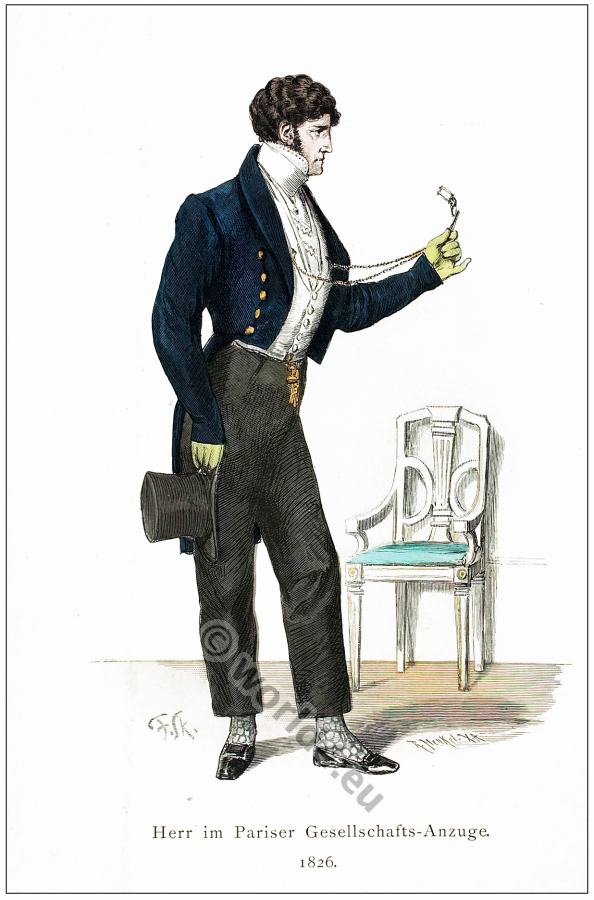
Cascade in the Forest. Cascade dans un Bois.
PLATE XV.
Close to the coffee plantation of Laymastotte a forest of tall trees covers the steep ledge of the mountains. A brook rushes down concealed by dense masses of foliage, only now and then making its appearance, when the water bounds from the rocks into a precipice, exposing its snowy foam to the light, before it disappears amid the gloom underneath.
The openings in the dense wood near these cascades are expansive enough to admit a flood of sunshine into the interior, and thus present to the gaze of the traveller a new attraction by reason of its picturesque beauty and the various forms of animal life, with which it is teeming. Small, birds fly from tree to tree, basking in the sunshine and butterflies”) of uncommon size, display in the sunlight their varicoloured wings as they hover above the foliage and suck the moisture from the rocks contiguous to the water.
Plate XV. exhibits one of the many cascades above mentioned, which is situated at an elevation of about 3000 feet above the level of the sea.
A fig-tree covered with creepers slightly bends its tall hollow trunk over the water.
*) Pap. Helenus, P. Polymnestor, Hestia Jasonia etc.
Laymastotte, Province of Uva, Sri Lanka
N 6°45′29″ E 80°59′14″
Source: Sketches of the inhabitants, animal life and vegetation in the lowlands and high mountains of Ceylon. As well as of the submarine scenery near the coast taken from a diving bell by the Baron Eugène de Ransonnet. Printed for the author by Gerold & sold by Robert Hardwicke, London 1867.

Papilio Charus Helenus. The Butterflies of Ceylon.
CHARUS HELENUS (Plate 58, Fig. 3).
Papilio Helenus, Linnaeus, Syst. Nat. i. p. 459 (1758); Cramer, Pap. Exot. ii. pl. 153, fig. A, B; Clerck, Icones, pl. 13, fig. 2.
Brownish-black: forewing sparsely irrorated with golden-yellow scales disposed in streaks between the veins: hindwing with a broad pale yellow upper discal band, which has an irregular outer border; an indistinct crimson slender lunule above anal angle, and other lunules from the lower exterior margin, these being most distinct in the female; a few yellow scales on the disc below the band.
Expanse 4½ to 5½ inches.
Larva green, similar in form to I. Parinda, with pale pinkish flesh-colour lateral lower band along all the segments, the oblique band on the eighth, ninth, and tenth segments more irregular and extending across the back. Pupa olive-brown, much curved backward anteriorly, similar to that of I. Parinda.
“Kandy; Ambogamua; Kottawa forest. Frequents high jungle only; in suitable country not uncommon” (Wade). “Found principally in open glades, and roadways in the jungle, from about 2000 to 4000 feet” (Machwood).
Source: The Lepidoptera of Ceylon by Frederic Moore. London, L. Reeve & co.,1880-1887.
Related
Discover more from World4 Costume Culture History
Subscribe to get the latest posts sent to your email.






